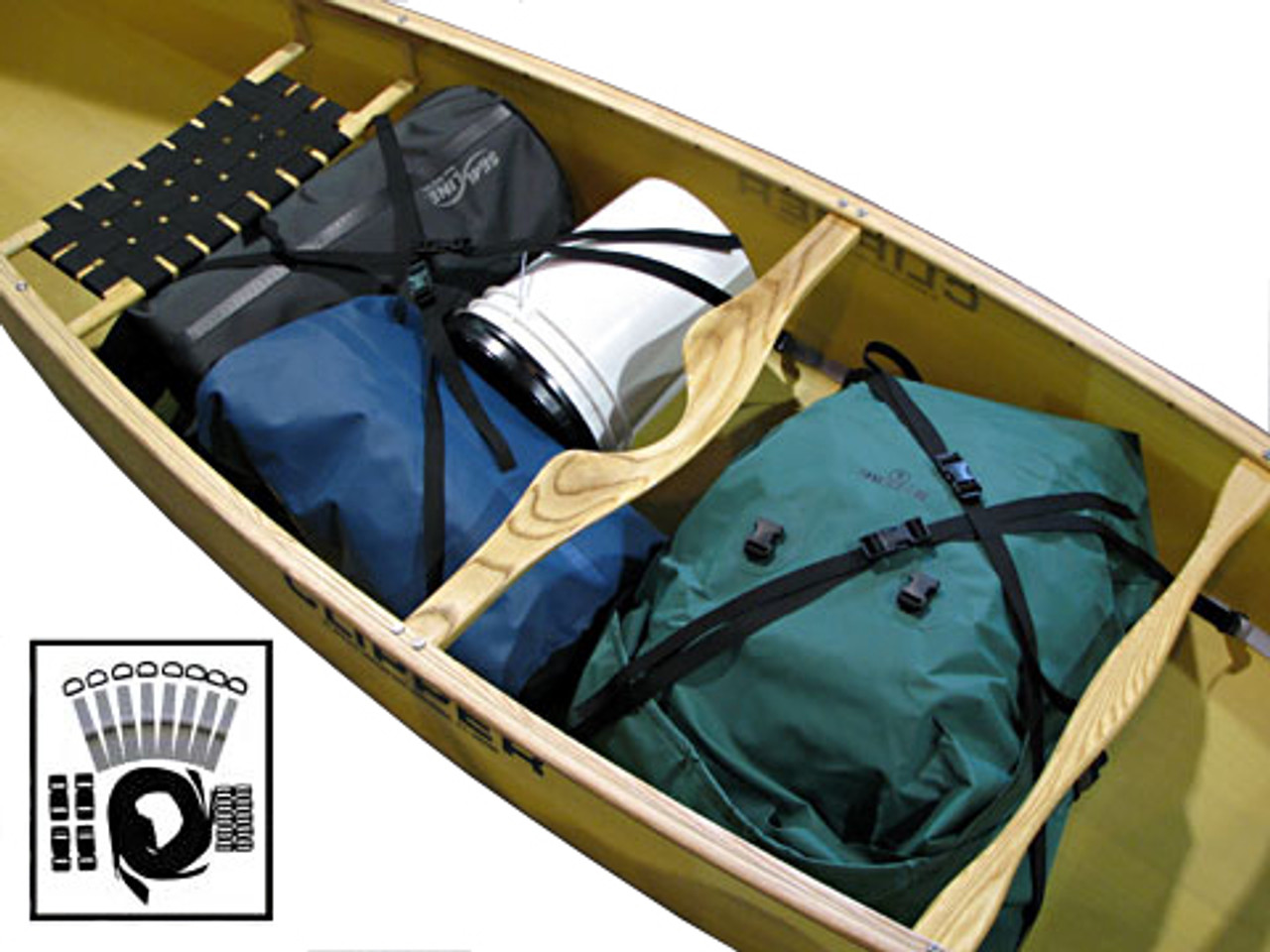Vinyl adhesives often do fail after a number of years. I usually just clean up the patches and reattach them with vinyl adhesive. G Flex will result in a more permanent installation. If only half the patch was loose, don't be surprised if the other half gives way in the near future.
I have had good, long lasting results using melt-your-RX-boat-if-improperly-applied Vynabond. I’m not sure that stuff is made anymore. Other “vinyl adhesives” are still available, but I ’m not sure if those actually chemically melt/bond to the vinyl the way Danger Will Robinson Vynabond did.
I always have G/flex in the shop, and I know that stuff holds tenaciously to both RX and composite hulls. Poly too, if applied with proper prep.
The other advantage of G/flex is that I’m not facing that oh-crap, I was a little off alignment, instant stuck adhesion, and have time to reposition the pad before covering it with wax paper and sandbag weights for the night.
A vinyl pad D-ring is, to my mind and purposes, a get it right the first time permanent addition to the hull. I have never moved one once installed. In most applications I prefer Northwater’s nylon double D’s, which I know will not eventually tidal/salt water use. And I can afixed two straps or lines pulling in opposite directions.
http://northwater.com/collections/d-rings-anchor-rings/products/1-inch-double-d-ring-anchor
I am convinced that the finishing application technique for installing D-ring pads, or any other vinyl pads, is to seal the edge of the pad perimeter after as they are initially adhered. A bead of G/flex, or even Plumber’s Goop, around the raised edge of the pad will lessen the abrupt transition and help prevent water and grit infiltration along the edges, especially if the pads are in a location subject to sheer forces sliding gear (or feet) back and forth.
Those sheer forces will peel against even the wee raised edge of a vinyl pad over time. Minicel pads, being taller/thicker, even more so. Once the edge of a pad starts to fail/lift the re-adhesion issues only increase, including getting the dirt/sand/funk/contaminates out from under the pad before re-adhering the lifted parts.
I’m with you on the bet that the other half of Willie’s D-ring pad fails before the G/flexed repair. Who knows with what and how that pad was originally installed. Could have been contact cement, Elmer’s Glue-all or Double-Bubble spittle.
I’d be tempted to see how tenaciously the rest of Willie’s partially lifted pad is adhered, and maybe peel with whole thing off and start again. If the pad lifts off without undue force that was the way to proceed.

